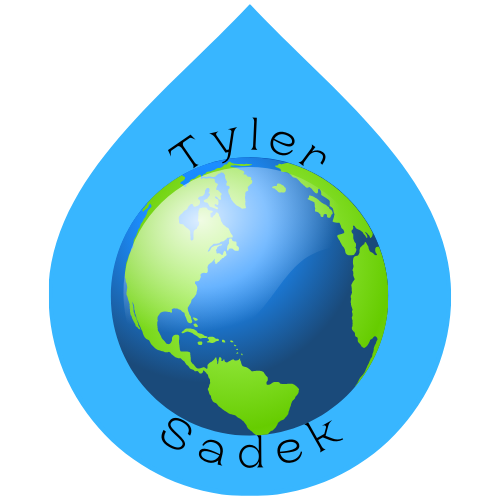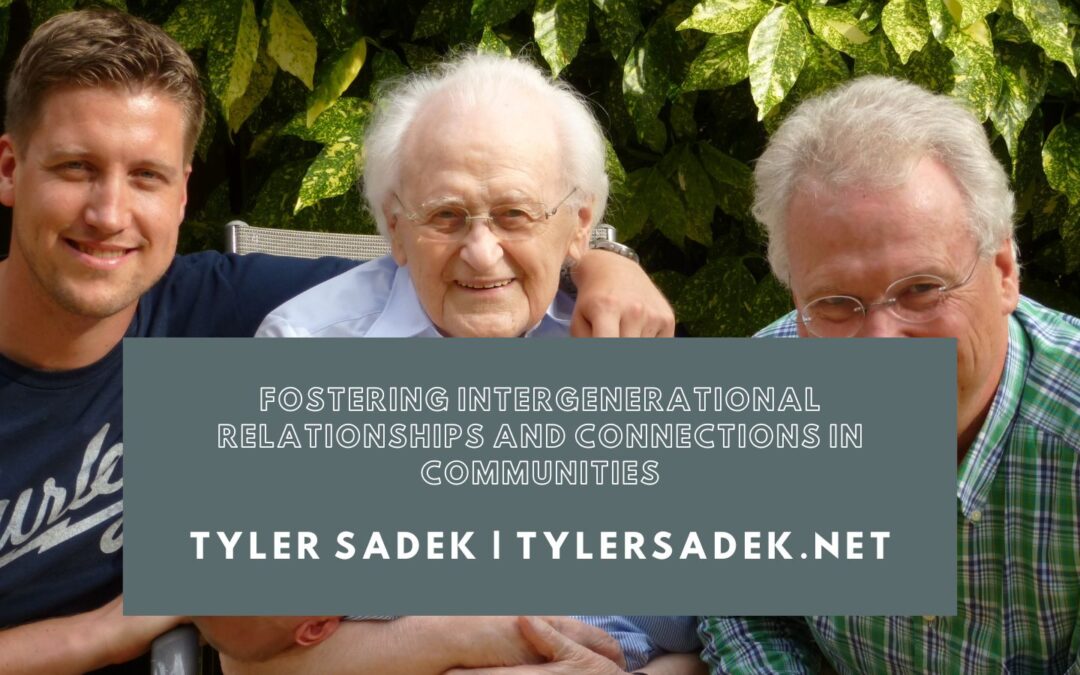Intergenerational relationships often take a backseat in today’s fast-paced and technology-driven world. However, fostering connections between different age groups is crucial for the well-being and growth of individuals and communities. Today we will explore the importance of intergenerational relationships and share strategies to foster these connections within communities.
Understanding the Value of Intergenerational Relationships
Intergenerational relationships offer a multitude of benefits. First and foremost, they provide a sense of belonging and social support for individuals of all ages. Older generations’ wisdom, experience, and guidance can help younger individuals navigate challenges, make informed decisions, and gain valuable life lessons. Conversely, younger generations can offer older individuals fresh perspectives, technological knowledge, and youthful energy, promoting mental and emotional well-being.
These relationships also promote empathy, understanding, and respect among different age groups. Interacting with people from different generations can break down stereotypes and biases, leading to a more inclusive and harmonious community.
Strategies for Fostering Intergenerational Connections
- Community Programs: Establish community programs that facilitate intergenerational interactions. Examples include mentorship programs, where older adults mentor young people in various fields of interest, or community events encouraging people of all ages to participate, collaborate, and learn from one another.
- Shared Spaces: Create shared spaces where people from different generations can unite. This can be a community garden, a park, a library, or a recreation center. These spaces serve as natural meeting points, fostering casual conversations and the exchange of ideas.
- Volunteer Opportunities: Encourage individuals from different age groups to volunteer for community initiatives. By working side by side, people can bond, build relationships, and make a positive impact together. This could involve volunteering at local schools, nursing homes, or community service organizations.
- Intergenerational Learning: Organize educational programs or workshops that promote intergenerational learning. This could involve older adults sharing their expertise or skills with younger individuals, such as teaching traditional crafts or offering career advice. Simultaneously, younger generations can teach older adults about new technologies or social media platforms.
- Storytelling and Oral History Projects: Encourage sharing personal stories and experiences between generations. Storytelling events, oral history projects, or digital platforms are good ways to facilitate sharing. By preserving and passing on collective wisdom, intergenerational relationships can flourish.
Benefits for the Community
Fostering intergenerational relationships within communities has far-reaching benefits. It strengthens social cohesion, reduces social isolation among older adults, and empowers younger individuals by providing them with role models and mentors. Intergenerational connections promote cultural preservation and heritage as traditions and knowledge from generation to generation. Moreover, these relationships improve mental health, enhance emotional well-being, and reduce age-related stereotypes and discrimination.
Building bridges between generations is vital for communities’ growth, resilience, and harmony. Through these connections, we can create inclusive spaces to share knowledge, nurture compassion, and sow the seeds of a thriving community. Let us embrace the richness of intergenerational relationships and work together to bridge the generation gap.

